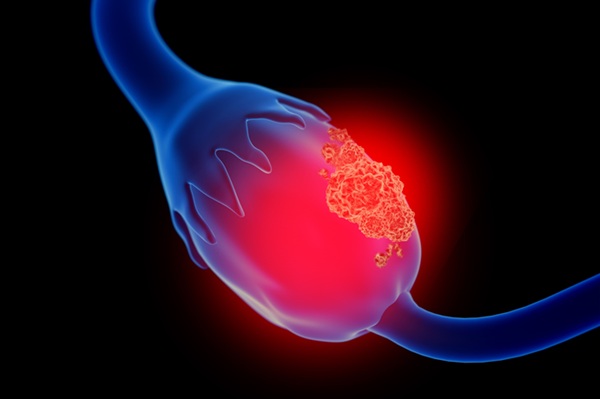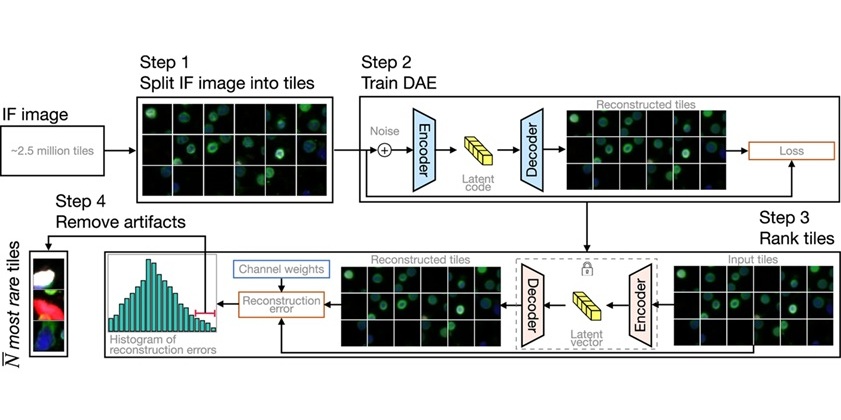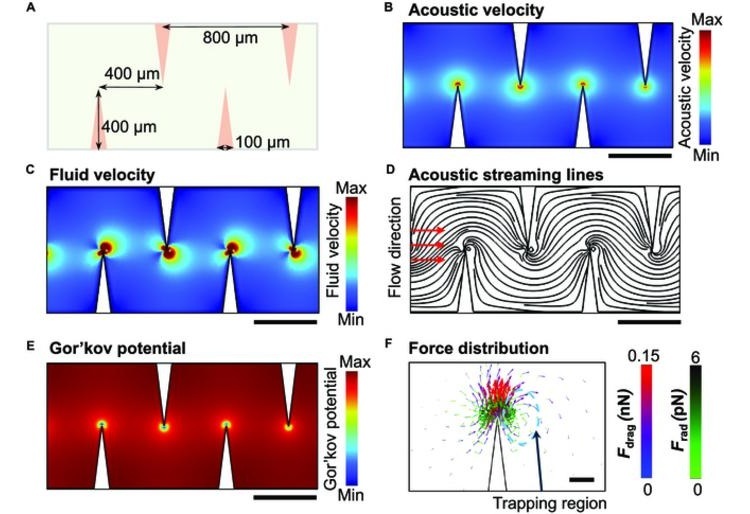Low-Density Lipoprotein Cholesterol Is Associated with Insulin Secretion
|
By LabMedica International staff writers Posted on 02 Jun 2021 |
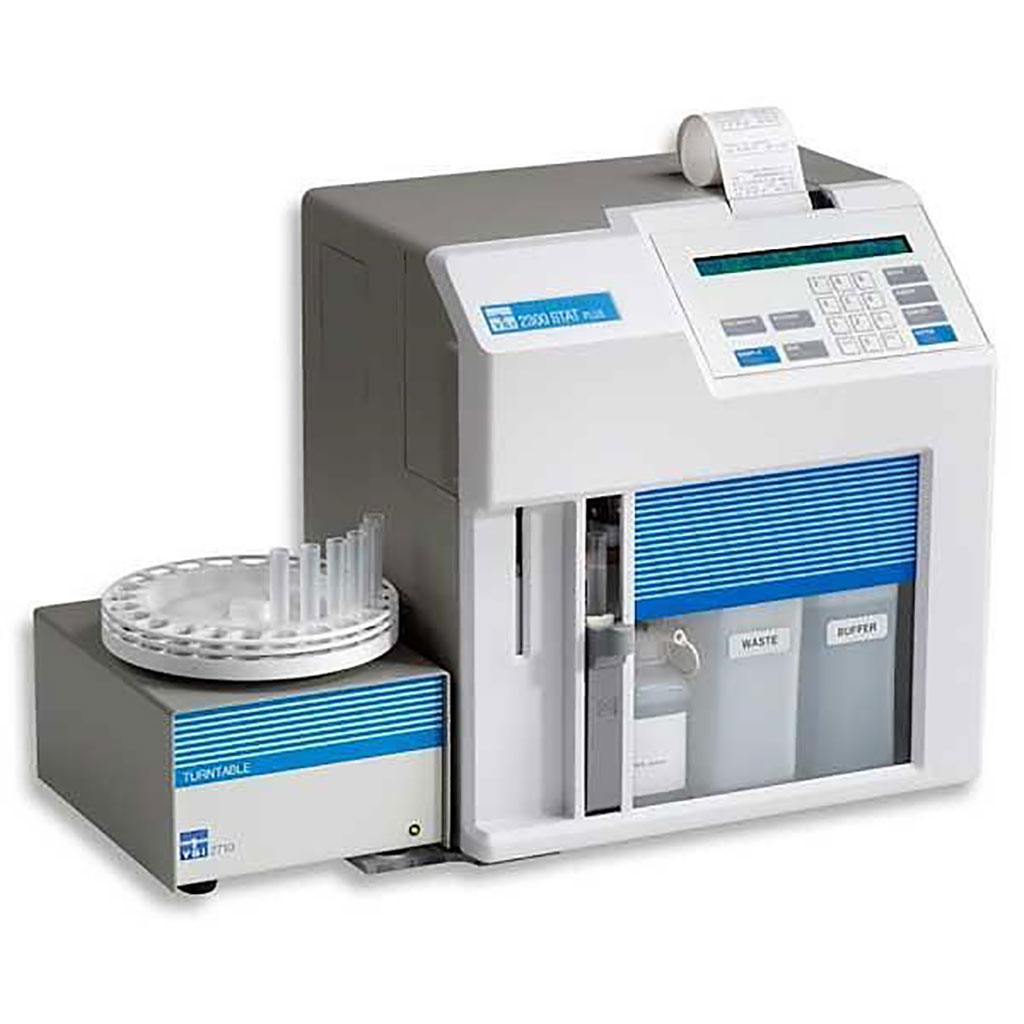
Image: The YSI 2300 STAT Plus Glucose & Lactate Analyzer (Photo courtesy of YSI Life Science)
Dyslipidemia is characterized by low levels of high-density lipoproteins (HDLs), hypertriglyceridemia, high total and low-density lipoprotein (LDL) cholesterol concentrations, as well as an increased proportion of small dense lipoproteins.
Type 2 diabetes is characterized by insulin resistance and impaired insulin secretion from pancreatic β cells. Insulin resistance alone is insufficient to cause type 2 diabetes, as long as the β cell remains able to compensate for the increased demand for insulin. Once this compensatory mechanism reaches its physiological limits, glucose levels increase and patients progress toward overt type 2 diabetes.
Doctors specializing in Diabetes from the University of Tübingen (Tübingen, Germany) and their colleagues investigated the relationship between LDL cholesterol concentrations and insulin secretion and glucagon levels. A total of 3,039 individuals without cholesterol-lowering therapy, but with increased risk for diabetes, underwent routine blood tests and a 5-point oral glucose tolerance test (OGTT). Glucagon concentrations, insulin secretion, and insulin clearance indices were derived from the OGTT.
Plasma glucose was measured using an YSI 2300 glucose analyzer (YSI Life Science, Yellow Springs, OH, USA). Serum insulin and C-peptide were determined by immunoassay with the ADVIA Centaur XP Immunoassay System (Siemens Healthcare Diagnostics, Erlangen, Germany). Total, HDL, LDL cholesterol, and triglycerides were measured on the Siemens Healthcare Diagnostics ADVIA XPT Clinical Chemistry System. Glycated hemoglobin measurements were performed using the Tosoh A1c analyzer HLC-723G8 (Tosoh Bioscience GmbH, Griesheim, Germany).
The scientists reported that there was association between LDL cholesterol and fasting glucagon or post–glucose load glucagon levels, but they detected significant positive associations of LDL cholesterol and C-peptide–based indices of insulin secretion. In contrast, they found a negative association of insulin-based insulin secretion indices with LDL concentrations. LDL cholesterol levels, however, were positively associated with insulin clearance assessed from C-peptide and insulin concentrations, both in the fasting state and post–glucose load.
The authors concluded that as C-peptide based indices reflect insulin secretion independent of hepatic clearance, their results indicate lower insulin secretion in case of lesser LDL cholesterol. This could explain deteriorating glycemic control in response to cholesterol-lowering drugs. The study was published in the June, 2021 issue of The Journal of Clinical Endocrinology & Metabolism.
Related Links:
University of Tübingen
YSI Life Science
Siemens Healthcare Diagnostics
Tosoh Bioscience
Type 2 diabetes is characterized by insulin resistance and impaired insulin secretion from pancreatic β cells. Insulin resistance alone is insufficient to cause type 2 diabetes, as long as the β cell remains able to compensate for the increased demand for insulin. Once this compensatory mechanism reaches its physiological limits, glucose levels increase and patients progress toward overt type 2 diabetes.
Doctors specializing in Diabetes from the University of Tübingen (Tübingen, Germany) and their colleagues investigated the relationship between LDL cholesterol concentrations and insulin secretion and glucagon levels. A total of 3,039 individuals without cholesterol-lowering therapy, but with increased risk for diabetes, underwent routine blood tests and a 5-point oral glucose tolerance test (OGTT). Glucagon concentrations, insulin secretion, and insulin clearance indices were derived from the OGTT.
Plasma glucose was measured using an YSI 2300 glucose analyzer (YSI Life Science, Yellow Springs, OH, USA). Serum insulin and C-peptide were determined by immunoassay with the ADVIA Centaur XP Immunoassay System (Siemens Healthcare Diagnostics, Erlangen, Germany). Total, HDL, LDL cholesterol, and triglycerides were measured on the Siemens Healthcare Diagnostics ADVIA XPT Clinical Chemistry System. Glycated hemoglobin measurements were performed using the Tosoh A1c analyzer HLC-723G8 (Tosoh Bioscience GmbH, Griesheim, Germany).
The scientists reported that there was association between LDL cholesterol and fasting glucagon or post–glucose load glucagon levels, but they detected significant positive associations of LDL cholesterol and C-peptide–based indices of insulin secretion. In contrast, they found a negative association of insulin-based insulin secretion indices with LDL concentrations. LDL cholesterol levels, however, were positively associated with insulin clearance assessed from C-peptide and insulin concentrations, both in the fasting state and post–glucose load.
The authors concluded that as C-peptide based indices reflect insulin secretion independent of hepatic clearance, their results indicate lower insulin secretion in case of lesser LDL cholesterol. This could explain deteriorating glycemic control in response to cholesterol-lowering drugs. The study was published in the June, 2021 issue of The Journal of Clinical Endocrinology & Metabolism.
Related Links:
University of Tübingen
YSI Life Science
Siemens Healthcare Diagnostics
Tosoh Bioscience
Latest Clinical Chem. News
- VOCs Show Promise for Early Multi-Cancer Detection
- Portable Raman Spectroscopy Offers Cost-Effective Kidney Disease Diagnosis at POC
- Gold Nanoparticles to Improve Accuracy of Ovarian Cancer Diagnosis
- Simultaneous Cell Isolation Technology Improves Cancer Diagnostic Accuracy
- Simple Non-Invasive Hair-Based Test Could Speed ALS Diagnosis
- Paper Strip Saliva Test Detects Elevated Uric Acid Levels Without Blood Draws
- Prostate Cancer Markers Based on Chemical Make-Up of Calcifications to Speed Up Detection
- Breath Test Could Help Detect Blood Cancers
- ML-Powered Gas Sensors to Detect Pathogens and AMR at POC
- Saliva-Based Cancer Detection Technology Eliminates Need for Complex Sample Preparation
- Skin Swabs Could Detect Parkinson’s Years Before Symptoms Appear
- New Clinical Chemistry Analyzer Designed to Meet Growing Demands of Modern Labs

- New Reference Measurement Procedure Standardizes Nucleic Acid Amplification Test Results
- Pen-Like Tool Quickly and Non-Invasively Detects Opioids from Skin
- Simple Urine Test Could Detect Multiple Cancers at Early Stage
- Earwax Test Accurately Detects Parkinson’s by Identifying Odor Molecules
Channels
Molecular Diagnostics
view channel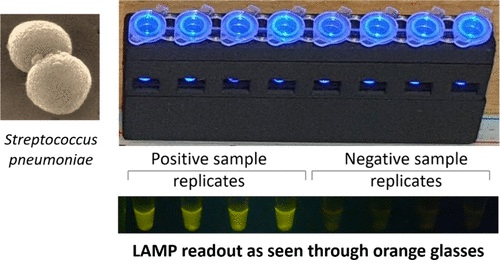
New Diagnostic Method Detects Pneumonia at POC in Low-Resource Settings
Pneumonia continues to be one of the leading causes of death in low- and middle-income countries, where limited access to advanced laboratory infrastructure hampers early and accurate diagnosis.... Read more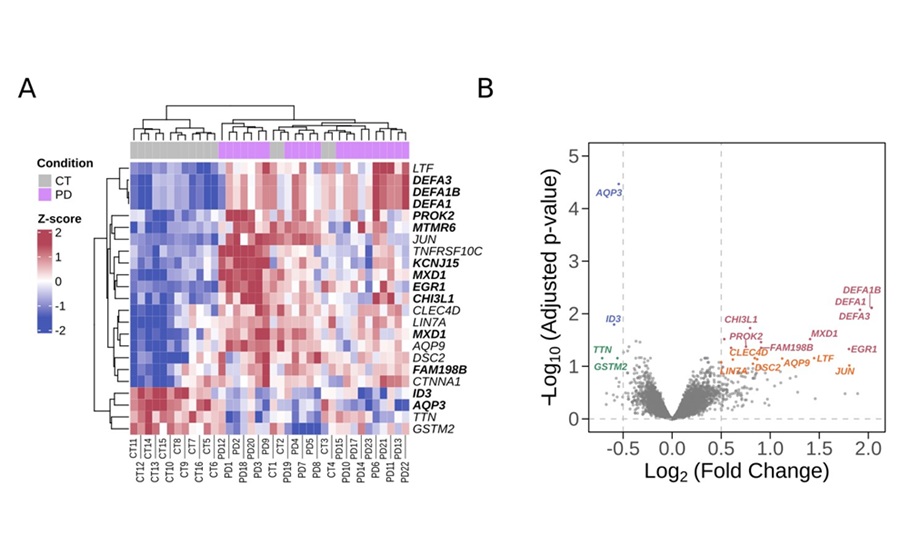
Blood Immune Cell Analysis Detects Parkinson’s Before Symptoms Appear
Early diagnosis of Parkinson’s disease remains one of the greatest challenges in neurology. The condition, which affects nearly 12 million people globally, is typically identified only after significant... Read moreHematology
view channel
ADLM’s New Coagulation Testing Guidance to Improve Care for Patients on Blood Thinners
Direct oral anticoagulants (DOACs) are one of the most common types of blood thinners. Patients take them to prevent a host of complications that could arise from blood clotting, including stroke, deep... Read more
Viscoelastic Testing Could Improve Treatment of Maternal Hemorrhage
Postpartum hemorrhage, severe bleeding after childbirth, remains one of the leading causes of maternal mortality worldwide, yet many of these deaths are preventable. Standard care can be hindered by delays... Read more
Pioneering Model Measures Radiation Exposure in Blood for Precise Cancer Treatments
Scientists have long focused on protecting organs near tumors during radiotherapy, but blood — a vital, circulating tissue — has largely been excluded from dose calculations. Each blood cell passing through... Read moreImmunology
view channel
Blood-Based Liquid Biopsy Model Analyzes Immunotherapy Effectiveness
Immunotherapy has revolutionized cancer care by harnessing the immune system to fight tumors, yet predicting who will benefit remains a major challenge. Many patients undergo costly and taxing treatment... Read more
Signature Genes Predict T-Cell Expansion in Cancer Immunotherapy
Modern cancer immunotherapies rely on the ability of CD8⁺ T cells to rapidly multiply within tumors, generating the immune force needed to eliminate cancer cells. However, the biological triggers behind... Read moreMicrobiology
view channel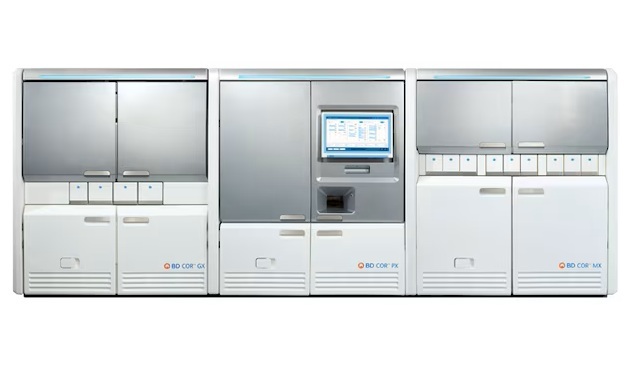
High-Throughput Enteric Panels Detect Multiple GI Bacterial Infections from Single Stool Swab Sample
Gastrointestinal (GI) infections are among the most common causes of illness worldwide, leading to over 1.7 million deaths annually and placing a heavy burden on healthcare systems. Conventional diagnostic... Read more
Fast Noninvasive Bedside Test Uses Sugar Fingerprint to Detect Fungal Infections
Candida bloodstream infections are a growing global health threat, causing an estimated 6 million cases and 3.8 million deaths annually. Hospitals are particularly vulnerable, as weakened patients after... Read morePathology
view channel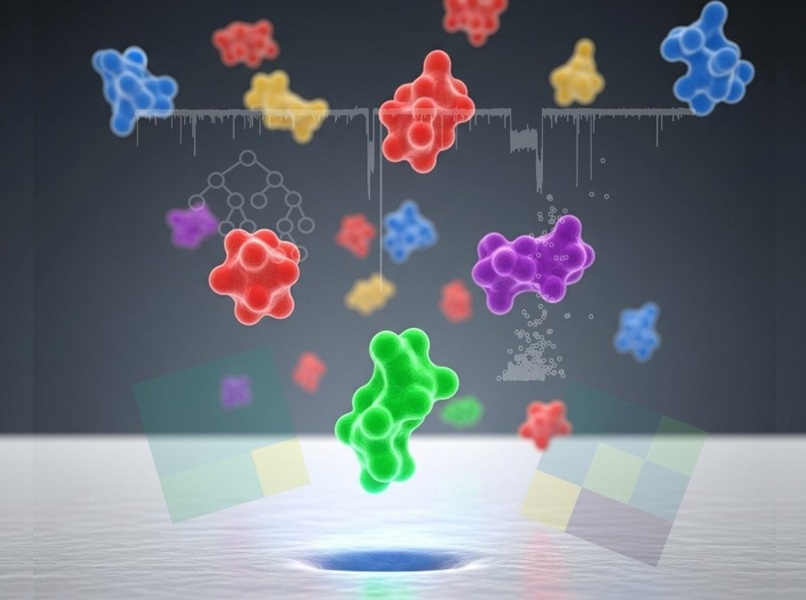
New Molecular Analysis Tool to Improve Disease Diagnosis
Accurately distinguishing between similar biomolecules such as proteins is vital for biomedical research and diagnostics, yet existing analytical tools often fail to detect subtle structural or compositional... Read more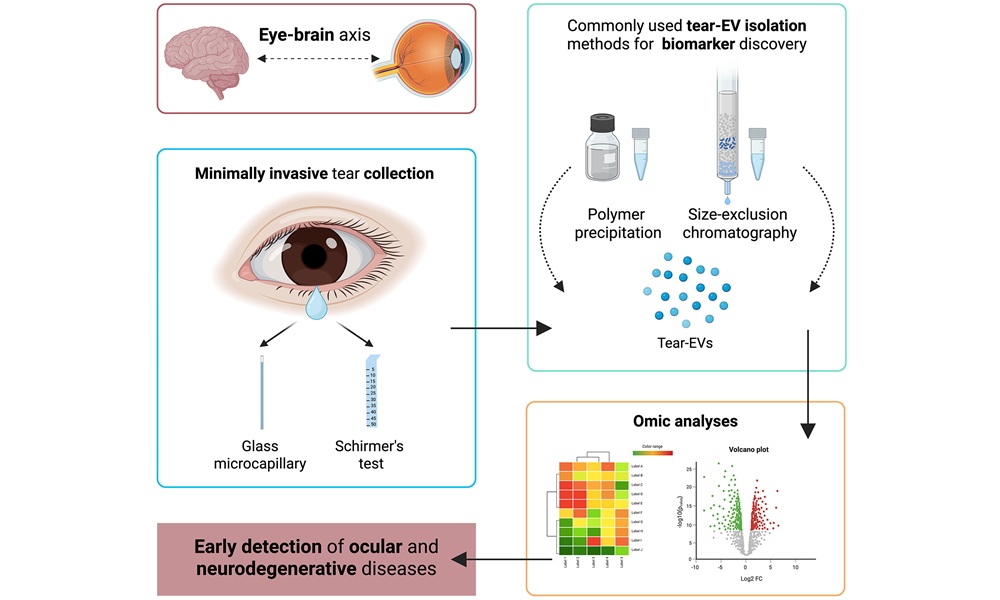
Tears Offer Noninvasive Alternative for Diagnosing Neurodegenerative Diseases
Diagnosing and monitoring eye and neurodegenerative diseases often requires invasive procedures to access ocular fluids. Ocular fluids like aqueous humor and vitreous humor contain valuable molecular information... Read moreTechnology
view channel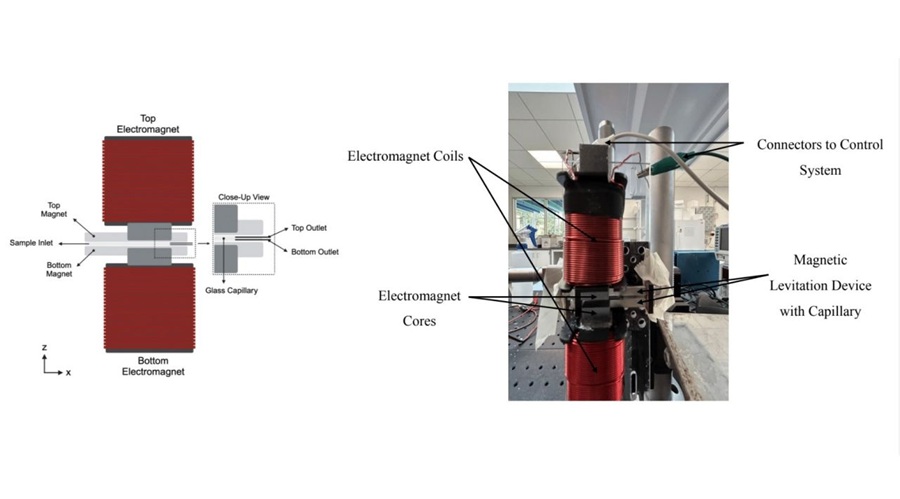
Cell-Sorting Device Uses Electromagnetic Levitation to Precisely Direct Cell Movement
Sorting different cell types—such as cancerous versus healthy or live versus dead cells—is a critical task in biology and medicine. However, conventional methods often require labeling, chemical exposure,... Read more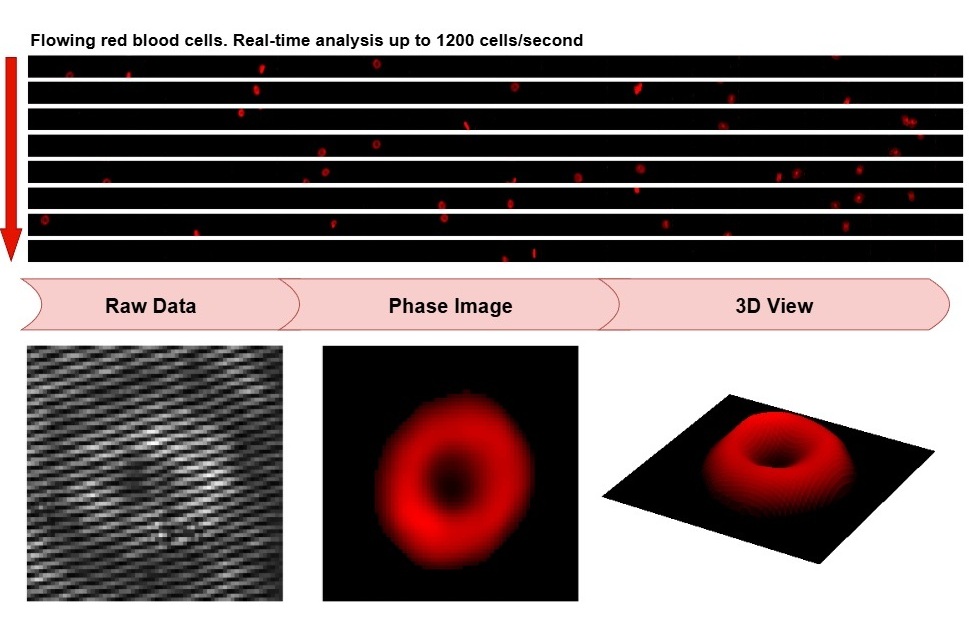
Embedded GPU Platform Enables Rapid Blood Profiling for POC Diagnostics
Blood tests remain a cornerstone of medical diagnostics, but traditional imaging and analysis methods can be slow, costly, and reliant on dyes or contrast agents. Now, scientists have developed a real-time,... Read moreIndustry
view channel
Qiagen Acquires Single-Cell Omics Firm Parse Biosciences
QIAGEN (Venlo, Netherlands) has entered into a definitive agreement to fully acquire Parse Biosciences (Seattle, WA, USA), a provider of scalable, instrument-free solutions for single-cell research.... Read more
Puritan Medical Products Showcasing Innovation at AMP2025 in Boston
Puritan Medical Products (Guilford, ME, USA), the world’s most trusted manufacturer of swabs and specimen collection devices, is set to exhibit at AMP2025 in Boston, Massachusetts, from November 11–15.... Read more
Advanced Instruments Merged Under Nova Biomedical Name
Advanced Instruments (Norwood, MA, USA) and Nova Biomedical (Waltham, MA, USA) are now officially doing business under a single, unified brand. This transformation is expected to deliver greater value... Read more











